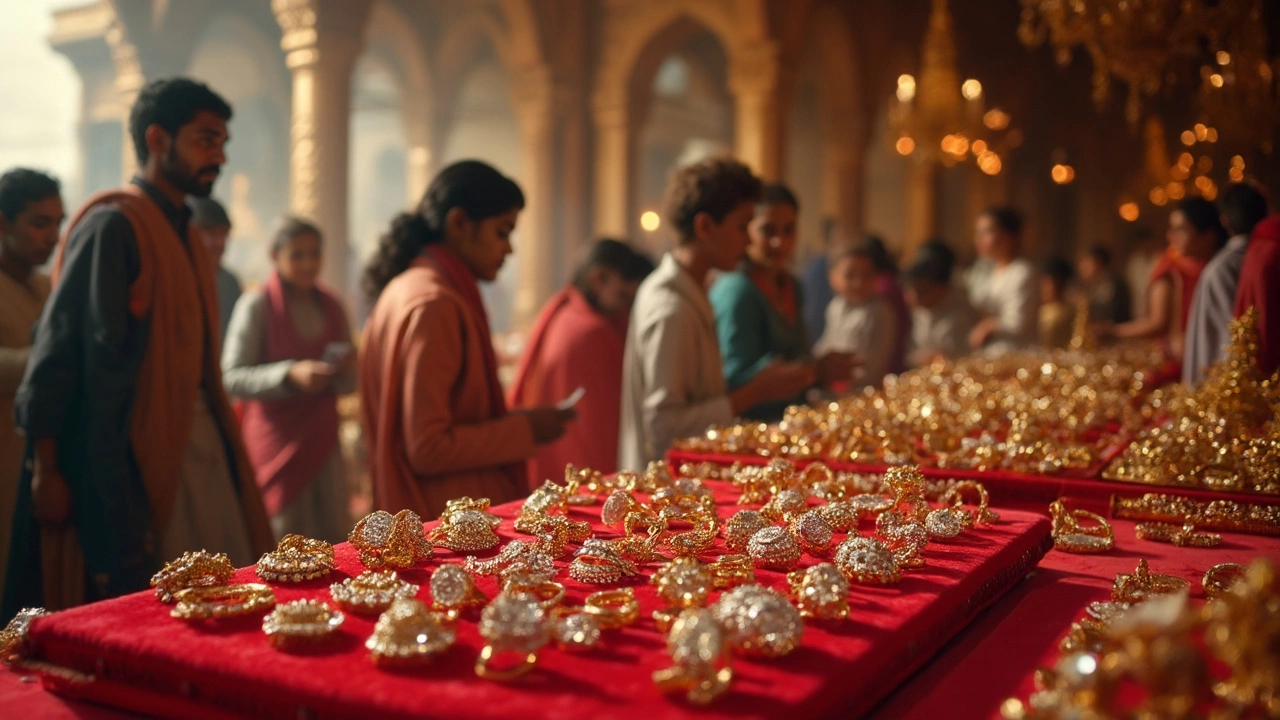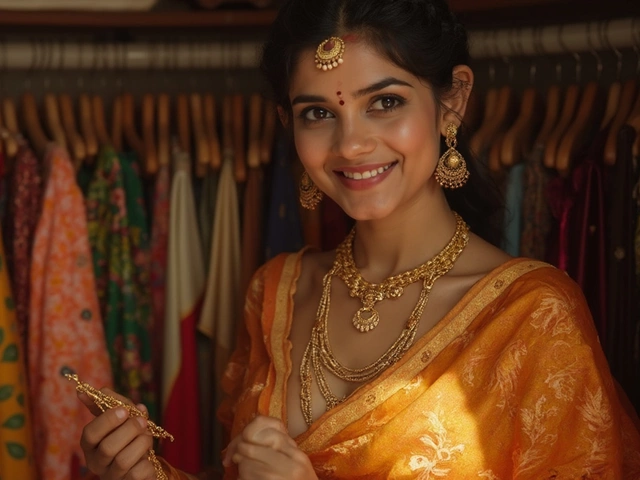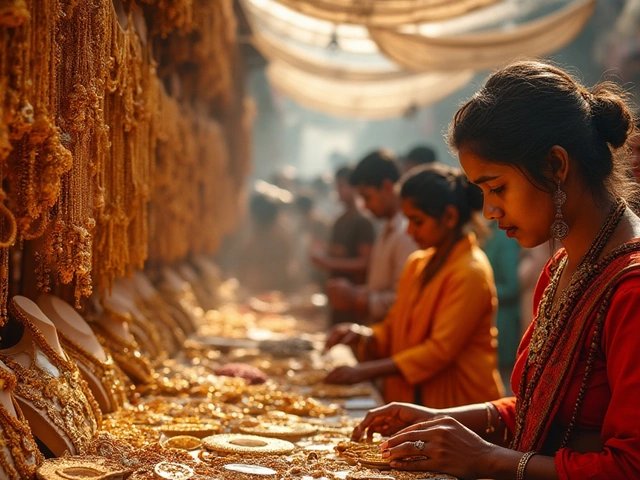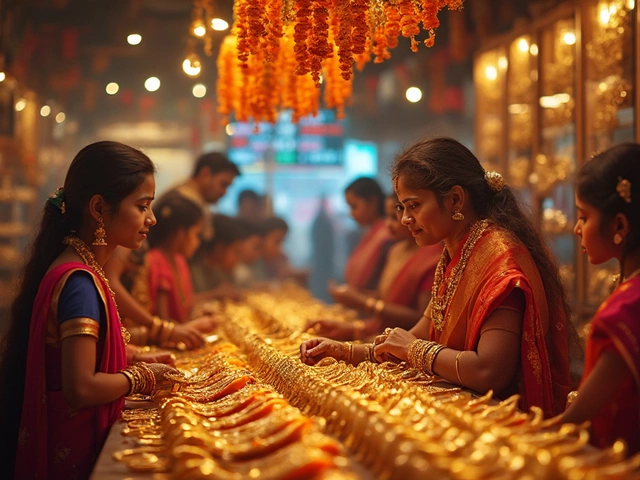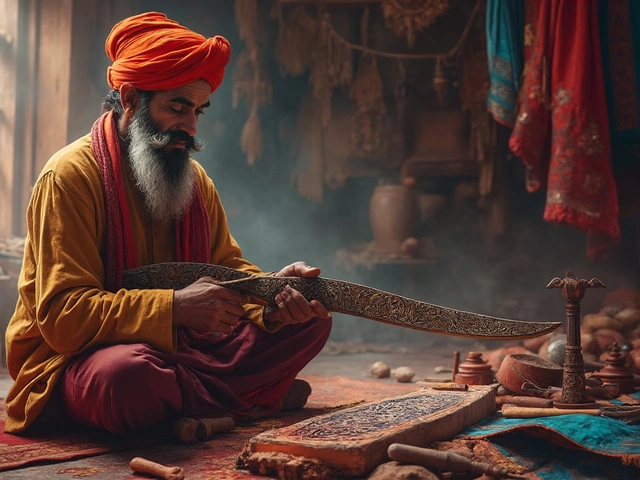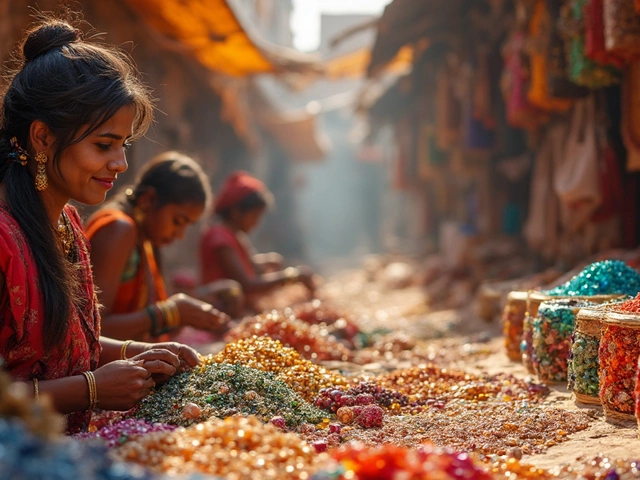Diamond Origins: Discover India's True Gem Sources
If you’ve ever wondered where the sparkling diamonds you see in stores actually start, you’re not alone. India isn’t just a cutting hub; it’s also home to some of the world’s oldest diamond mines. Knowing the origin helps you pick quality pieces, avoid fakes, and appreciate the story behind each stone.
Where Do Indian Diamonds Come From?
Most Indian diamonds are sourced from three main areas:
- Panna, Madhya Pradesh – Famous for its kimberlite pipes, Panna still yields small but high‑quality stones.
- Majhgawan, Jharkhand – A newer mining zone that’s gaining attention for deeper, clearer diamonds.
- Goa and West Bengal – Historically known for offshore alluvial deposits, though production has slowed.
These regions share a common story: ancient volcanic activity pushed carbon deep into the Earth’s mantle, where pressure turned it into diamonds. Over millions of years, eruptions and river action brought the gems closer to the surface, where miners can extract them.
Why Origin Matters When You Buy
Understanding the source does more than satisfy curiosity. It gives you clues about:
- Clarity and color – Indian mines often produce stones with a slightly warm hue, which many buyers love for gold‑set jewelry.
- Ethical assurance – Reputable Indian mines follow government regulations and BIS (Bureau of Indian Standards) guidelines, reducing the risk of conflict diamonds.
- Value – Proven origin can boost resale worth, especially if the stone comes from a well‑known mine like Panna.
When you shop, ask for a certificate that mentions the mine or at least the region. A BIS hallmark combined with a reliable lab report (GIA, IGI) is your safety net.
Many people think all diamonds look the same, but the story behind each stone makes a big difference. If you spot a piece without any origin info, it’s worth pressing the seller for details before you decide.
In short, the next time you admire a glittering earring or pendant, remember it likely started its journey deep in the earth of Panna or Majhgawan. Knowing that path helps you choose smarter, buy responsibly, and enjoy a piece of Indian heritage that’s been shining for centuries.
Ready to explore more? Browse RH Jewellers’ collection for genuine Indian‑origin diamonds, and you’ll see the difference that a clear origin makes in both style and confidence.
Which Country Diamond Is Best? Real Answers for Ring Shoppers
Wondering where the world’s best diamonds come from? This article breaks down the top diamond-producing countries and what makes their gems stand out. Get straight facts about diamond quality, Indian buyer preferences, and real buying tips. Discover how to spot good value and avoid common pitfalls. If you’re eyeing a diamond ring in India, you’ll know exactly what to look for.
